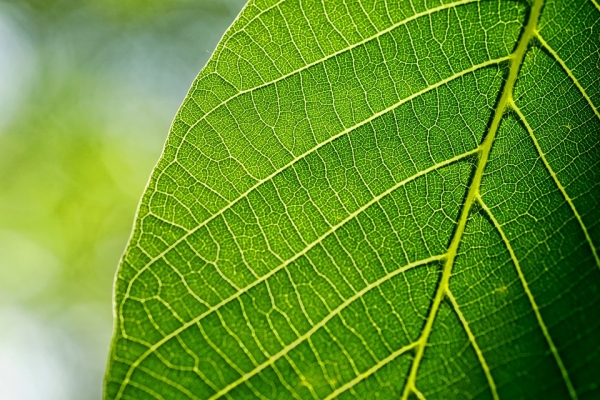North Carolina State University researchers used satellite imagery and field sensors to estimate worldwide changes in plant leaf growth due to global warming. The researchers found that changes in “greening,” or the amount of leaves plants are able to produce, will play a significant role in how much carbon dioxide plants capture and store.
“As we work to anticipate the future climate, a big question is: What’s going to happen to vegetation, one of the largest stores of carbon on earth?” said study co-author Josh Gray, associate professor of forestry and environmental resources at NC State. “We know temperatures will rise and the growing season will be longer in most places, but there are a lot of unknowns about how that will affect how carbon is cycled between plants and the atmosphere. Our new results allow us to be more confident about what those changes will be.”
In addition to changing the timing and length of the seasons, Gray said climate change has also meant new plant growth in some areas. However, changes in the climate could also contribute to what they call “browning.” In addition, Gray said higher temperatures can interfere with plant photosynthesis. A major outstanding question for climate change researchers is how changes in season length and “greening” versus “browning” will impact how much carbon dioxide plants will take up from the atmosphere at a global scale. This is particularly important given that carbon dioxide is a greenhouse gas that contributes to global climate change.
“An earlier spring might be good for plant productivity because you have a longer period of carbon uptake,” said the study’s first author Xiaojie Gao, a graduate student in NC State’s Center for Geospatial Analytics. “However, a longer autumn might make the situation worse. In autumn, plants tend to emit carbon.”
Read more at North Carolina State University
Photo Credit: Schwoaze via Pixabay


